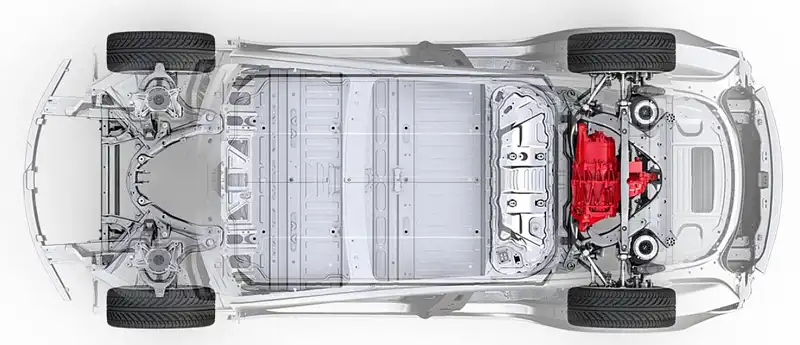Mastering Autodesk Inventor: Tips and Tricks for Creating Precise Designs
Autodesk Inventor is a powerful 3D mechanical design software that helps identify and solve product design issues before they occur. It allows users to create digital prototypes and simulate real-world design problems, such as collisions, motion, stress, and fluid flow. Here are some tips for using Autodesk Inventor: 1. Know your basic tools Before diving …
Continue reading “Mastering Autodesk Inventor: Tips and Tricks for Creating Precise Designs”





